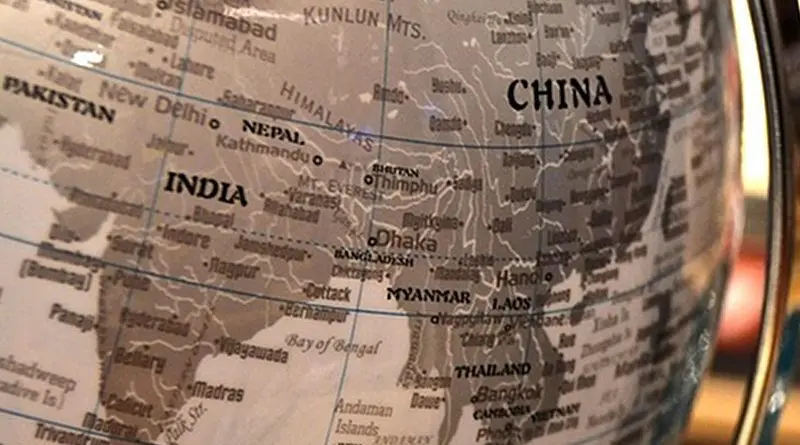India-Pakistan Religious Diplomacy Amid Bilateral Acrimony – OpEd
By C Uday Bhaskar*
Even as India and Pakistan exchanged bitter words at the Non-Aligned Novement (NAM) summit in Baku, Azerbaijan in end October, preparations are afoot for the inauguration of the Kartarpur Corridor by Prime Minister Narendra Modi on November 8 that will link the two countries through a short six-kilometre stretch, as part of a major religious diplomacy initiative.
The successful realization of the long-pending road link will facilitate Indian pilgrims to visit the deeply venerated shrine, which is the final resting place of Guru Nanak (1469–1539), founder of the Sikh faith, on the occasion of his 550th birth anniversary on November 12.
While India and Pakistan are committed to the ‘1974 Protocol Constituting an Agreement between the Government of India and the Government of The Islamic Republic of Pakistan on Visit to Religious Shrines’ that allows for pilgrims from either country to visit the ‘other’ – Kartarpur Sahib, which is the most proximate to the border, was not linked through a corridor that would enable much higher pilgrim numbers to visit the revered shrine of the Sikh faith.
First mooted in an active political manner by then Prime Minister Atal Bihari Vajpayee in 1999, with his Pakistani counterpart Nawaz Sharif, the proposal floundered in the aftermath of the Kargil war, the 9/11 terror attacks of September 2001 and the subsequent terror attack on the Indian parliament in December 2001.
State-sponsored terrorism by the Pakistani intelligence agencies and army directed against India has become the biggest stumbling block to any meaningful movement forward in the strained bilateral relationship. That both India and Pakistan are nations with nuclear weapon capability only adds to global concerns about the possibility of any military tension escalating in an unanticipated manner. This has been artfully stoked by Islamabad to draw global attention to South Asia, particularly after the August 5 decision by the Modi government to change the status of Jammu & Kashmir led to a further deterioration in ties.
This was reflected at the Baku NAM summit when the Indian Vice President Venkiah Naidu described Pakistan as the “epicentre of terrorism,” as Islamabad accused India of actions that were “illegal, immoral and unethical”.
Against such an acrimonious backdrop it is commendable at one level that both New Delhi and Islamabad have agreed to allow the regulated movement of a relatively large number of Indian pilgrims to cross the border – albeit for short pilgrimage related visits.
There is an inherent symbolism about the manner in which the announcement about the Kartarpur Corridor was first made. On November 26, 2018 which, ironically, marked the 10th anniversary of the terror attacks on Mumbai, or 26/11, the Modi government announced that both sides had arrived at a preliminary agreement that the corridor would be put in place so that Indian pilgrims could visit the shrine in November 2019.
At the time there was considerable speculation that some kind of back-channel diplomacy was perhaps at work, for the Pakistan army was also seen to be on board. This was politically significant, for while there was no major change in the terror support orientation of Pakistan, it appeared that the Modi government was adopting a more malleable stance in relation to state sponsorship of terrorism.
Recent history shows that the same Pakistan had invested in the Khalistani separatist movement, which advocated a separate Sikh state of Khalistan and many acts of terror had been identified with this group. To testify to such abiding links, when Pakistan PM Imran Khan laid the foundation stone for the corridor on November 28, 2018, a prominent Sikh separatist, Gopal Singh Chawla, was prominent among the guest list.
It may be conjectured that Sikh sentiment, which has long sought this corridor, was acknowledged by the Indian government, even while keeping the jihadi terror profile of Pakistan alive in the domestic discourse. South Asian politics cannot be separated from religion and, as Mahatma Gandhi noted: “Those who say religion has nothing to do with politics do not know what religion is.” Clearly, the political antenna on both sides has an astute awareness about this tenet.
*About the author: The writer is Director, SPS
Source: This article was published by South Asia Monitor

